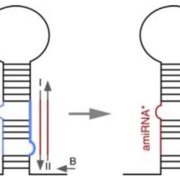
Highly cited classic papers from 2006
0 Comments
/
While this series highlights the latest research, a well-read scholar also needs to to know the classics. Google Scholar has a new initiative to feature highly-cited, ten-year old articles. The most-highly cited papers published in 2006 are listed by category. Plant scientists will find particular relevance…
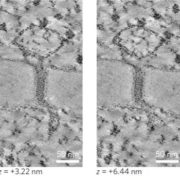
Architecture and permeability of post-cytokinesis plasmodesmata lacking cytoplasmic sleeves ($)
Plasmodesmata are pores between cells through which viruses, proteins, small RNAs and other molecules can pass. The pores are usually described as being lined with a layer of plasma membrane with a tube of endoplasmic-reticulum membrane through the center. These membranes and associated proteins are…
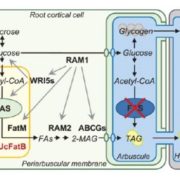
Fatty acids in arbuscular mycorrhizal fungi are synthesized by the host plant ($)
In the symbiotic relationship between arbuscular mycorrhizal fungi and plants, the fungal partner greatly enhances the uptake of mineral nutrients (particularly phosphate), while in return it is supplied with organic carbon from the photosynthetic partner. Luginbuehl et al. investigated whether this…
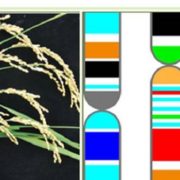
The sequences of 1,504 mutants in the model rice variety Kitaake facilitate rapid functional genomic studies
Li et al. describe an important new genetic resource, a huge database of Kitaake rice mutants. Kitaake is a short-generation variety of Oryza sativa L. ssp. japonica well suited for genetic studies. The authors sequenced more than 1500 fast-neutron-induced mutants and identified more than 91,000 mutations…
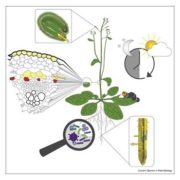
Review: How does a plant orchestrate defense in time and space? Using glucosinolates in Arabidopsis as case study
Plants, like human societies, must live with the inherent conflict between investing in defense and investing in growth and infrastructure. Burrow and Halkier provide an interesting and highly readable overview of the strategies by which Arabidopsis optimizes the production and distribution of glucosinolates,…

What We're Reading: June 16th
Review: How does a plant orchestrate defense in time and space? Using glucosinolates in Arabidopsis as case study
Plants, like human societies, must live with the inherent conflict between investing in defense and investing in growth and infrastructure. Burrow and Halkier provide an interesting and…
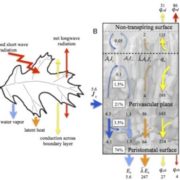
Update: Leaf hydraulic architecture and stomatal conductance: a functional perspective
By Fulton E. Rockwell, and N. Michele Holbrook
The structure of leaf vasculature viewed over a broad phylogenetic scale from lycophytes to eudicots correlates with stomatal conductance (gs), providing the basis for the hypothesis that increasing vein density drove the evolution of high fluxes in angiosperms.…

Seeding the field: Profile of Joanne Chory
About 30 years ago, a young geneticist in Boston did a seemingly simple experiment: she planted seeds and watched how they fared in light or darkness. First, though, she soaked the seeds in a solution with a DNA-damaging chemical. She hoped that a few of the induced flaws might serendipitously land…

Profile of Mark Tester's research into salinity tolerance
A bright future for sustainable agriculture
May 28, 2017
Passionate plant scientist Mark Tester conducts ground-breaking research into plants that could one day help feed the world.
Imagine a scenario where crops, such as barley, rice and quinoa, are grown in near-desert conditions, in poor-quality…

